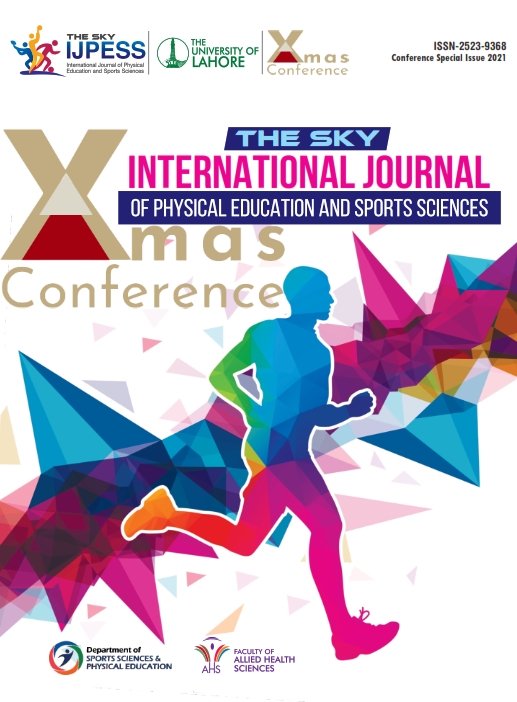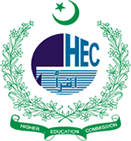RELATED OUTCOMES OF STRENGTH TRAINING IN CHILDREN AND ADOLESCENTS: A CONTEMPORARY REVIEW OF THE RELEVANT LITERATURE
DOI:
https://doi.org/10.51846/the-sky.v0i0.2074Keywords:
Youth, Exercise, Resistance training, Weight trainingAbstract
Muscle strength is an essential element of any movement, whether in sport or in daily activity. However, despite its trainability, an aspect often studied in adults, the same is not verified in the strength training development in youth. Currently, there is a wealth of information available, often contradictory, about what is safe or appropriate for pre-and post-puberty strength training and development. In this point of view, we will briefly discuss some of the current and relevant literature and provide evidence-based practical recommendations for resistance exercise training in children and adolescents, according to international recommendations. The results revealed that the child is, from a biological and metabolic point of view, a non-specialized organism, where adaptations occur without the need for a high level of stimulation. Recent data indicate that resistance training programs, well-structured and appropriately prescribed and supervised by trained specialists, are safe and provide unique benefits for youth, such as increased strength and muscle power, reduced cardiovascular risk, helps weight control, strengthens bones, increases psychosocial well-being, improves motor performance skills, and may reduce sports-related injuries, and should be viewed as an essential component of preparatory training programs for aspiring young athletes. Current recommendations suggest that school-aged youth should participate daily in 60 minutes or more of moderate to vigorous physical activity that is safe, effective, and enjoyable. Regular participation in a variety of physical activities during childhood and adolescence can support and encourage participation in physical activity as an ongoing lifestyle choice later in life.
Downloads
Published
How to Cite
Issue
Section
License
Copyright (c) 2022 Francisco José Félix Saavedra

This work is licensed under a Creative Commons Attribution-ShareAlike 4.0 International License.
Authors retain copyright of their work and grant THE SKY-International Journal of Physical Education and Sports Sciences the right to publish it under a Creative Commons Attribution-ShareAlike 4.0 International License (CC BY-SA 4.0). This license permits sharing, adaptation, and redistribution of the work, provided proper attribution is given to the authors.
Authors may distribute the journal’s published version (e.g., in repositories, books, or other platforms) non-exclusively, with acknowledgment of its original publication here.
Authors are encouraged to share their work publicly (e.g., on personal websites or institutional repositories) to foster scholarly exchange.








